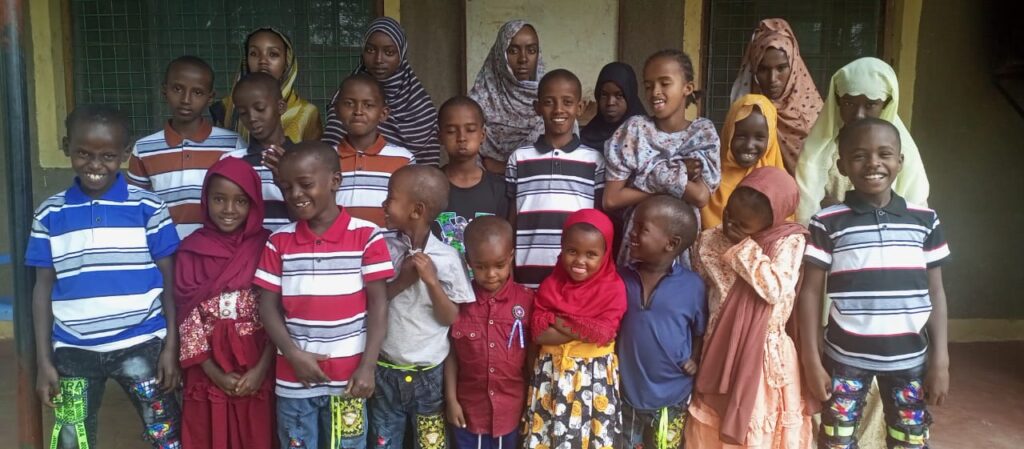Eid al-Adha is the commemoration of the Quranic tale of Prophet Ibrahim’s willingness to sacrifice his son Ismail as an act of obedience to God. Muslims believe that before he could carry out the sacrifice, God provided a ram as an offering instead.
Eid al-Adha è la commemorazione del racconto coranico della volontà del profeta Ibrahim di sacrificare suo figlio Ismail come atto di obbedienza a Dio. I musulmani credono che prima che potesse compiere il sacrificio, Dio abbia invece fornito un ariete come offerta.



Prayer, henna, charity: Eid al-Adha traditions around the world
There are many shared traditions, but Muslims in different countries also have Eid customs that are distinctly their own.
Preghiera, henné, beneficenza: le tradizioni di Eid al-Adha in tutto il mondo
Ci sono molte tradizioni condivise, ma anche i musulmani di diversi paesi hanno usanze Eid che sono distintamente proprie.
How is Eid celebrated?
“In some countries, Muslims sacrifice a sheep or goat The meat is shared equally between family, friends and the poor.
Eid usually starts with Muslims going to the Mosque for prayers. They dress in their best clothes and thank Allah for all the blessings they have received. It is a time when they visit family and friends. Muslims will also give money to charity so that poor people can celebrate too.”
Come si celebra l’Eid?
“In alcuni paesi, i musulmani sacrificano una pecora o una capra. La carne viene divisa equamente tra famiglia, amici e poveri.
Eid di solito inizia con i musulmani che vanno alla moschea per le preghiere. Si vestono con i loro abiti migliori e ringraziano Allah per tutte le benedizioni che hanno ricevuto. È un momento in cui visitano la famiglia e gli amici. I musulmani daranno anche soldi in beneficenza in modo che anche i poveri possano festeggiare”.





